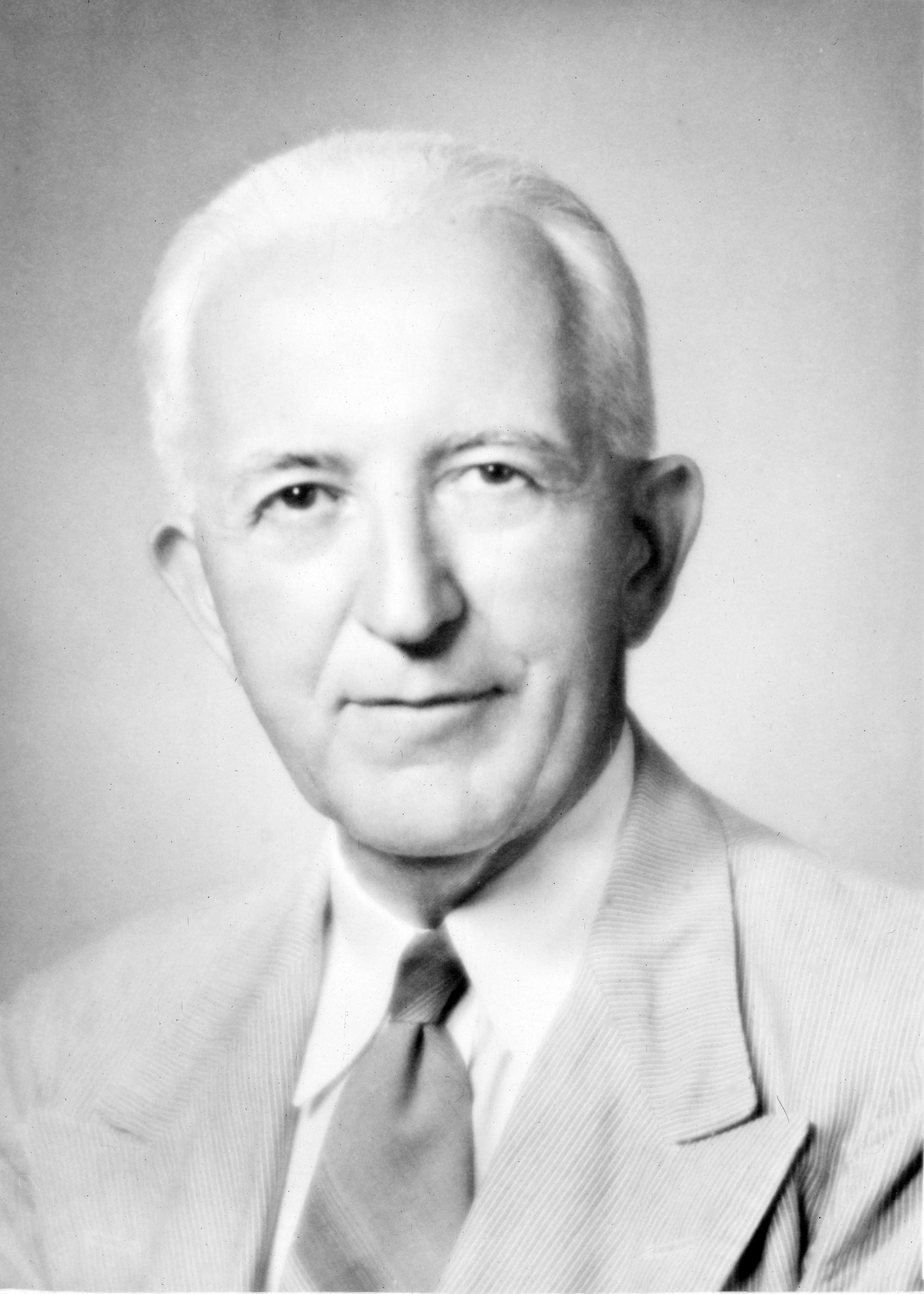
Leon Green (1888-1979), a native of Louisiana, received his B.A. degree from Ouachita College in 1908 before obtaining his LL.B. from the University of Texas School of Law in 1915.

After passing the bar in 1912, Green founded the Austin firm of Rector and Green with J.B. Rector, City Attorney of Austin, to support his family while he completed his law degree. Upon graduation, Green began teaching at the University of Texas School of Law.
From 1918 to 1919, Green practiced insurance law in Dallas at the firm Locke and Locke. He left Locke and Locke in 1919 to become a named partner in a Fort Worth firm, Wynn, Johnson, Green, & Morgan, where he practiced oil and gas litigation. In 1920, he returned to the University of Texas School of Law. Along with Professor Ira P. Hildebrand, Professor Charles Potts, and Judge Ireland Graves, Green founded the Texas Law Review in 1922. After teaching at Yale from 1926 to 1929 and serving as the dean of Northwestern University School of Law from 1929 until 1947, Green returned to the University of Texas School of Law where he taught until 1977. Among Green's former students are three United State Supreme Court justices - Justice John Paul Stevens, Justice Arthur Goldberg, and Justice Tom C. Clark.
Green was a nationally recognized scholar as well as a pioneer in several areas of tort law, specifically relating to the duty concept and injuries to relationships. Green's articles helped develop the basis for the Stout or turntable doctrine, later known as the attractive nuisance doctrine. Finding proximate cause confusing, Green collected and analyzed a number of cases on the concept. Green's solution to the mysteries of proximate cause was to discourage the use of causation theories and focus instead on plain English debates of liability. Green's analyses resulted in Rationale of Proximate Cause, published in 1927. Other works include Judge and Jury published in 1930; The Judicial Process in Tort Cases, first edition published in 1931, second edition, 1939; Injuries to Relations ( published in 1940; and The Litigation Process in Tort Law published in 1966 as well as numerous legal periodicals.
Green served as advisor to the editorial council of the Journal of Criminal Law and Criminology. He was a member of the American Association of University Professors, a member of the American, Texas, Connecticut, Illinois, and Chicago Bar Associations, and a member of the Philosophical Society of Texas. He also belonged to Phi Delta Phi and the Order of the Coif.

